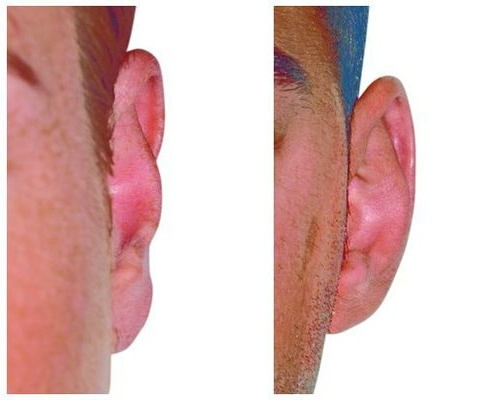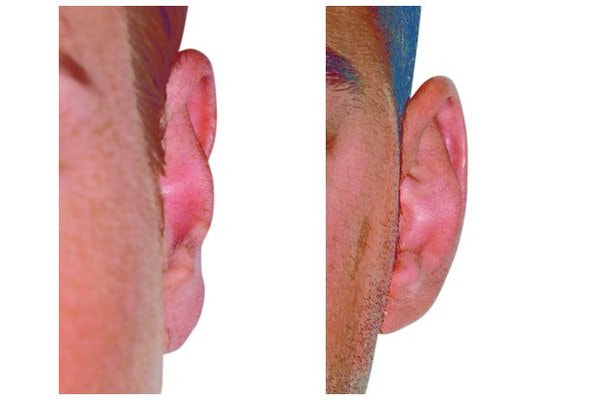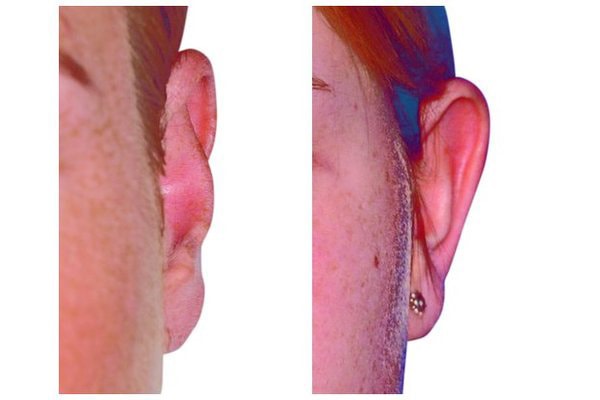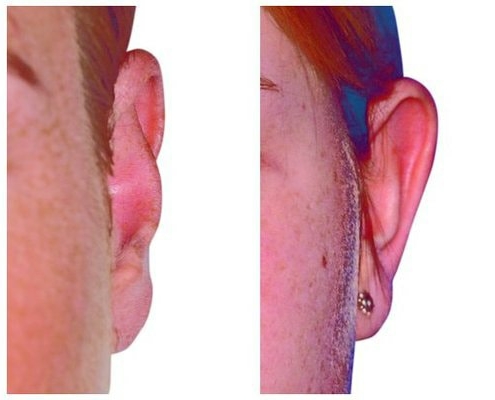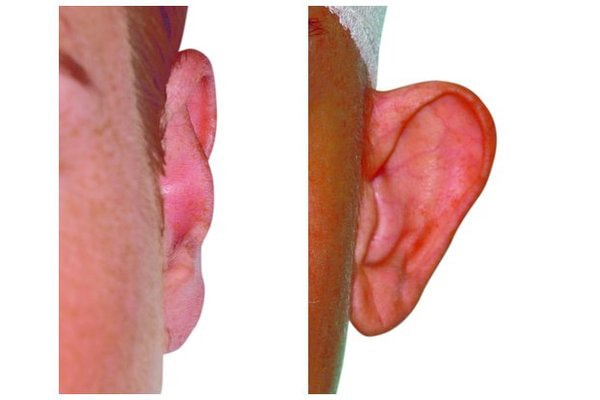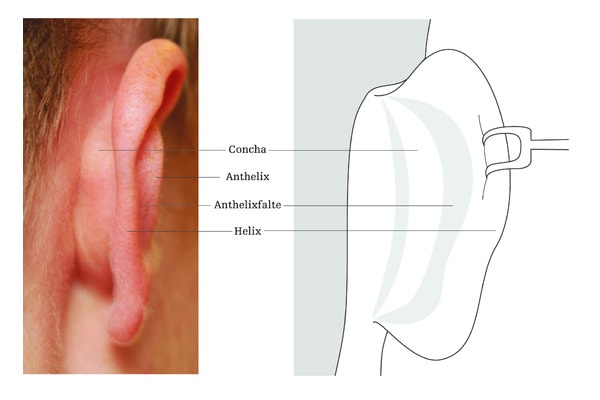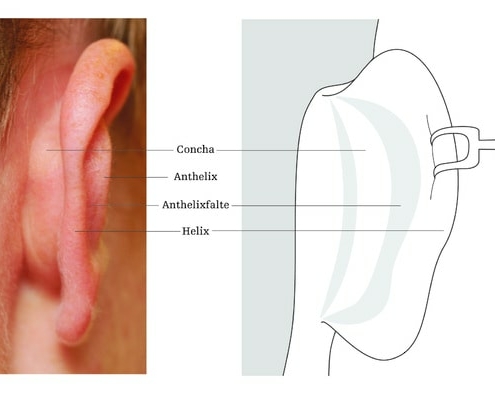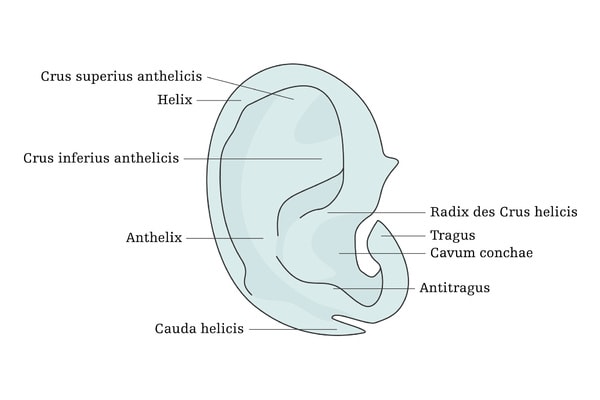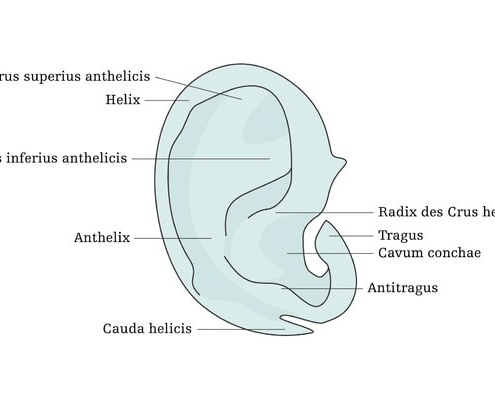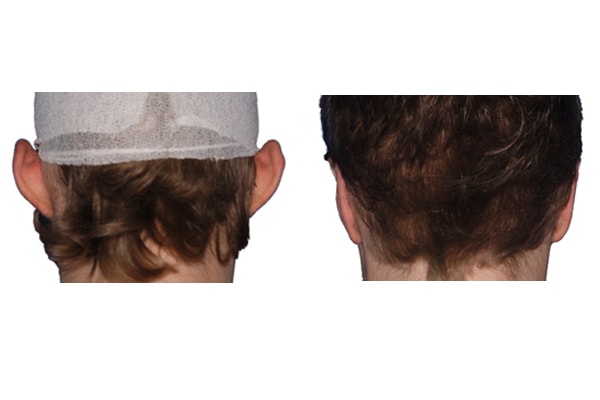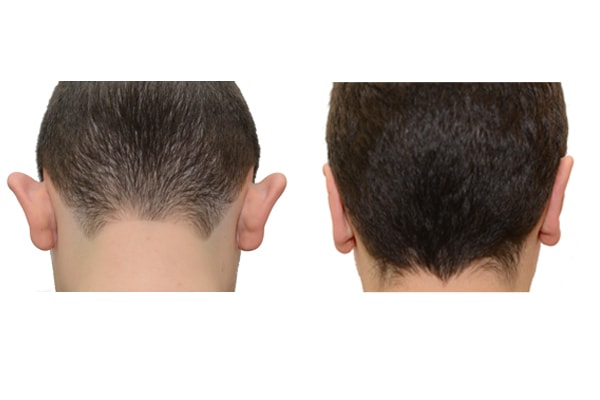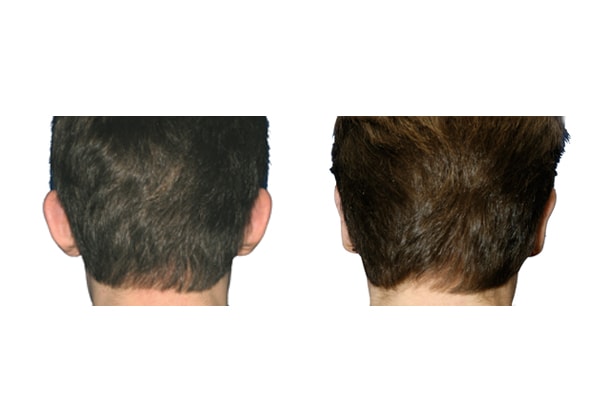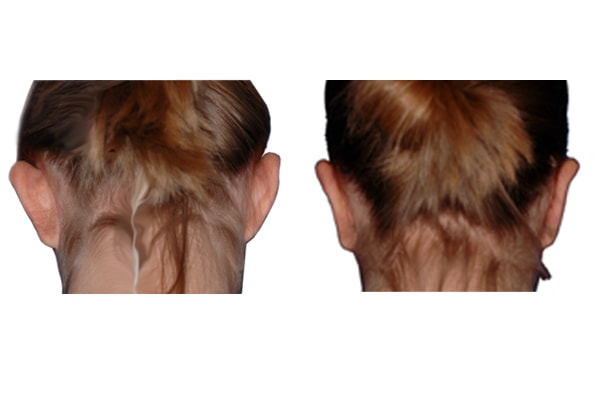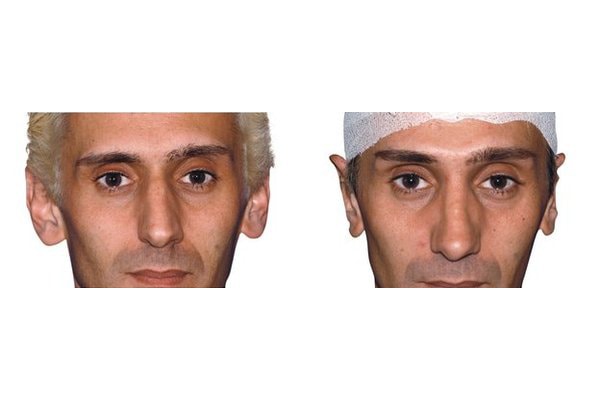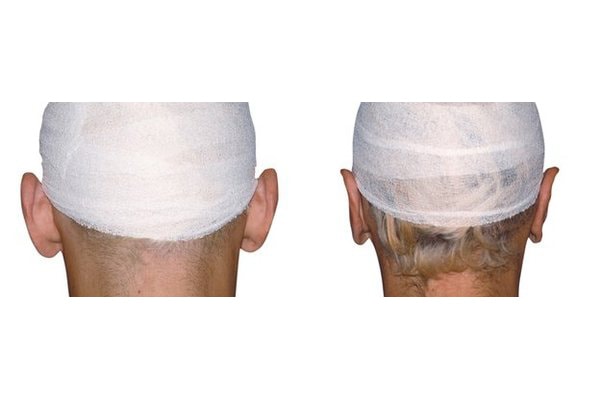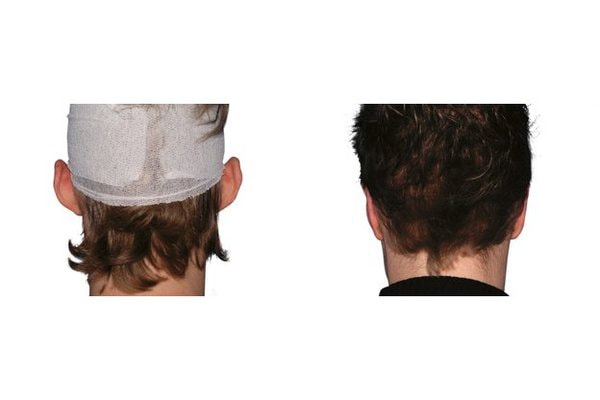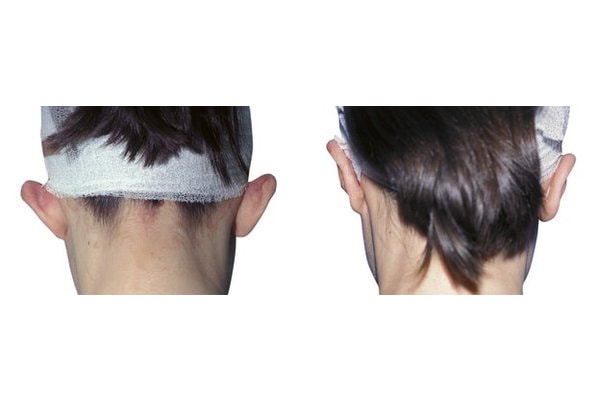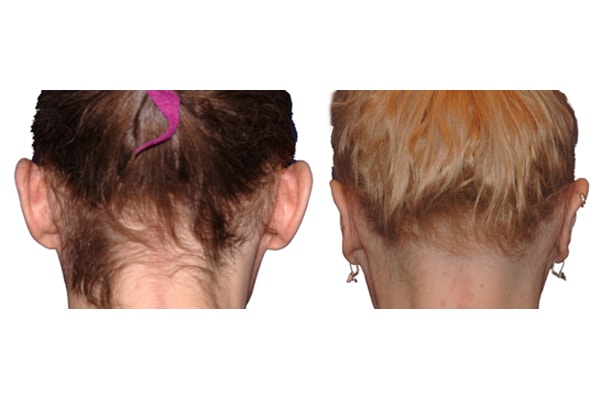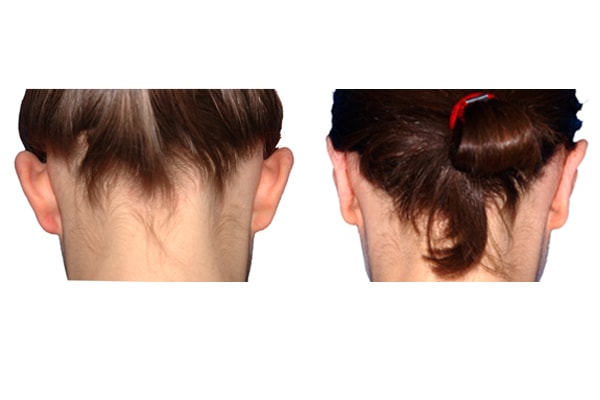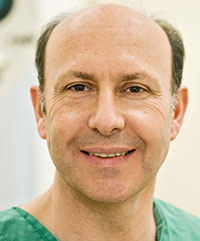1. Is the correction of protruding ears technically difficult?
This operation is definitely a demanding procedure, which should not be underestimated. It is important that you do not follow a uniform format, but include often unnoticed but relevant details such as protruding earlobes or a too prominent antitragus in the surgical concept.
2. What surgical methods are there?
There are two operating principles: either the ear cartilage is bent into the desired position with sutures (ear stitch method) or sculpted with a scalpel. The stitch method is not a good method, because the cartilage is only “deformed” and not shaped. In addition, the cartilage remains almost always under tension, so it often returns to its original position and the ear sticks out again. The scalpel method, in contrast, can produce any desired shape and the operation result is permanent.
3. What do you think of the ear stitch method?
The ear stitch method is neither modern nor effective and is not recommended.
4. Where do the scars form in an ear correction?
The incision is on the back of the ear, therefore the scars are not visible.
5. At what age can children be operated on?
The surgery should be performed under local anesthesia, this is usually possible as of 8 years old. If there is a desire for a correction earlier, general anesthesia must be used.
6. Does ear surgery hinder the growth of the ears?
Ears have reached 85% of its length and 95% of its width by the age of six. In addition, operated ears continue to grow normally, so children can also be operated on safely.
7. Can the surgery be performed on an out-patient basis?
If the procedure is performed under local anesthesia, the patient can always leave the hospital after the operation. In most cases this is possible even with an operation under general anesthesia when the surgery is performed in the morning.
8. Does the health insurance cover the costs for the surgery?
In Austria health insurance covers the costs for an ear correction up to the age of 16.
9. What complications can occur?
Medical complications such as bleeding, infections or skin necrosis are extremely rare. The most common complications are aesthetical: the ears protrude again after some time, the ears are not symmetrical, the earlobes were not corrected. However, aesthetically unsatisfactory results can almost always be corrected.
10. What are the long-term results after ear correction?
With proper implementation and successful operation, the long-term results are excellent. If the ear stitch method is used, the probability is relatively high that the operated ears will stick out again after some time.


